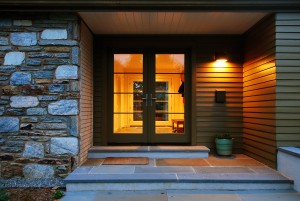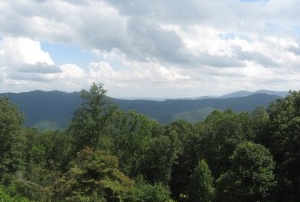In the News, Part II
Myers Constructs is featured on Examiner.com today regarding making older homes more energy efficient. You can see the story here.
Passive Protection
Here are a few snaps of the small house we stayed in on our recent Florida trip to Amelia Island. You can see these are very efficient, small[...]
Home Maintenance Tip: Air Leaks
This is the best time of year to locate air leaks in your older home. You will know you have them if you can feel drafts, or if[...]
Special Reasons to Think Windows and Doors!
Winter is right around the corner ... now is the time to think windows! In addition to energy tax credits that are currently in place, you can save up to[...]
Earth-Friendly Home Renovations: A Local Perspective
Earth friendly. Eco conscious. Green. What do these terms mean in the context of home improvement? The short answer is being kind to your surroundings — although the meanings can[...]
We’re in The News!
Discussing modern day marketing and how we do it in : Remodeling Magazine We are moving to e marketing because it's more sustainable than snail mail. E marketing doesn't require[...]
We’re On Vimeo! Take 2!
Check out this cool, new trailer about our team at Myers Constructs, Inc. This is just another example of our efforts to market our business without polluting the earth in[...]
The Heat Wave and Your Home
Temperatures of 100-plus degrees hit the Philadelphia area this week — and they’re only predicted to cool slightly in the days ahead. Not surprising for this region during the dog[...]
Dueling Dishwashers
We like these dishwashers because they are water and energy efficient. There is only one moving part to fix if it breaks, and that's the size of a[...]
What Can You Learn From a Brick?
The brick is an iconic building element to those of us who live on the East Coast, where old cities are built from millions and millions of red bricks. Therefore,[...]









